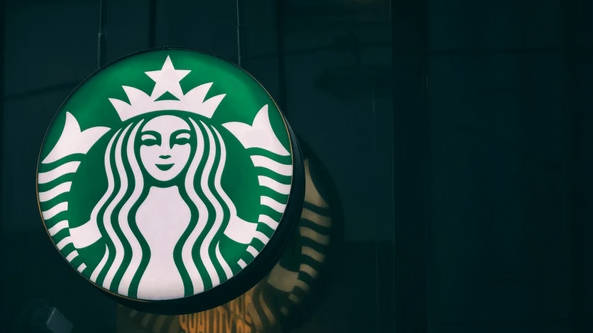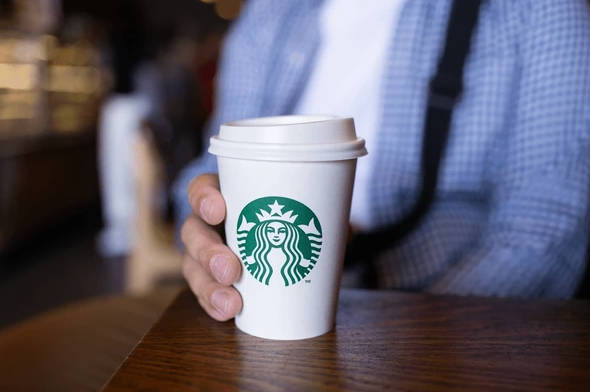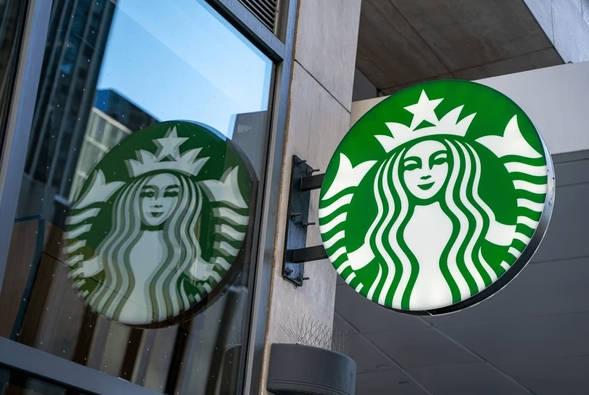
Ultima Markets App
Trade Anytime, Anywhere
Important Information
This website is managed by Ultima Markets’ international entities, and it’s important to emphasise that they are not subject to regulation by the FCA in the UK. Therefore, you must understand that you will not have the FCA’s protection when investing through this website – for example:
- You will not be guaranteed Negative Balance Protection
- You will not be protected by FCA’s leverage restrictions
- You will not have the right to settle disputes via the Financial Ombudsman Service (FOS)
- You will not be protected by Financial Services Compensation Scheme (FSCS)
- Any monies deposited will not be afforded the protection required under the FCA Client Assets Sourcebook. The level of protection for your funds will be determined by the regulations of the relevant local regulator.
Note: Ultima Markets is currently developing a dedicated website for UK clients and expects to onboard UK clients under FCA regulations in 2026.
If you would like to proceed and visit this website, you acknowledge and confirm the following:
- 1.The website is owned by Ultima Markets’ international entities and not by Ultima Markets UK Ltd, which is regulated by the FCA.
- 2.Ultima Markets Limited, or any of the Ultima Markets international entities, are neither based in the UK nor licensed by the FCA.
- 3.You are accessing the website at your own initiative and have not been solicited by Ultima Markets Limited in any way.
- 4.Investing through this website does not grant you the protections provided by the FCA.
- 5.Should you choose to invest through this website or with any of the international Ultima Markets entities, you will be subject to the rules and regulations of the relevant international regulatory authorities, not the FCA.
Ultima Markets wants to make it clear that we are duly licensed and authorised to offer the services and financial derivative products listed on our website. Individuals accessing this website and registering a trading account do so entirely of their own volition and without prior solicitation.
By confirming your decision to proceed with entering the website, you hereby affirm that this decision was solely initiated by you, and no solicitation has been made by any Ultima Markets entity.
I confirm my intention to proceed and enter this website Please direct me to the website operated by Ultima Markets , regulated by the FCA in the United KingdomStarbucks Competitors: How They Shape the Market

Starbucks has long been the symbol of premium coffee worldwide, but in 2025 the landscape of Starbucks competitors is stronger and more diverse than ever.
China’s fast-rising Luckin Coffee has turned Asia into a key battleground, while America’s Dunkin’ continues to dominate through franchised scale. Regional champions like Costa Coffee in Europe and Tim Hortons in Canada defend their turf, while independent cafés attract customers with authentic, personalized experiences.
At the same time, coffee competitors are not limited to cafés. Fast food chains like McDonald’s and at-home systems like Nespresso and Keurig fight for the same caffeine moments, pulling customers away from Starbucks before they even enter a store.
The Global Coffeehouse Competitors
Starbucks – The Benchmark Under Pressure
Starbucks remains the market leader by revenue and brand power, but 2025 is a transition year. The company is right-sizing its North America footprint and expects to end fiscal 2025 with nearly 18,300 US and Canada stores. Over 1,000 cafés will be remodeled in the next 12 months to improve design and enhance the “third place” experience. Starbucks still sets the standard, but competitive pressure is forcing sharper execution.
Luckin Coffee – Hypergrowth Rival
Luckin Coffee is the fastest-growing name among Starbucks competitors. In Q2 2025, it reported RMB 12.4 billion (US$1.7 billion) in revenue, up 47% year over year, and expanded to about 26,200 stores worldwide. Its app-first, pick-up-focused model and sharp pricing resonate with younger, digital-first consumers. Governance remains a risk, but its growth momentum positions Luckin as Starbucks’ most direct challenger in China and beyond.
Dunkin – Franchised Scale Story
Dunkin’, owned by Inspire Brands, is Starbucks’ largest US competitor. With 14,000+ restaurants in nearly 40 markets, Dunkin thrives on franchised expansion, drive-thru convenience, and affordable pricing. Its strong commuter base and memorable marketing campaigns cement it as a consistent alternative to Starbucks, even if its positioning is less premium.
Costa Coffee – European Challenger
Costa Coffee, owned by Coca-Cola, remains Starbucks’ primary rival in Europe. With ~4,000 stores in over 50 countries and 14,500+ Costa Express machines in offices, airports, and convenience outlets, Costa combines a strong café presence with an on-the-go network that matches Starbucks in reach across the UK and beyond.
Tim Hortons – Canadian Powerhouse
Tim Hortons is the everyday coffee brand of Canada. With 6,000+ restaurants globally, it dominates morning routines with combo deals and nationwide ubiquity. Backed by Restaurant Brands International, Tim Hortons competes with Starbucks by anchoring affordability and consistency in its home market.
The Broader Coffee Competitors
McDonald’s McCafé And CosMc’s
McDonald’s has become a serious coffee competitor through McCafé and new CosMc’s-inspired drinks. In 2025, it rolled out these beverage-led concepts into hundreds of US restaurants, driving record sales of cold brews and flavored drinks.
With its global footprint and value pricing, McDonald’s directly overlaps with Starbucks in convenience and price-sensitive markets.
At-Home Coffee Competitors
Starbucks also faces tough rivals in supermarkets and kitchens. Brands like Nestlé (Nespresso), Keurig Dr Pepper (K-Cups), Maxwell House (Kraft Heinz), and Folgers and Café Bustelo (Smucker) dominate at-home brewing. These packaged coffee competitors build loyalty daily, sometimes reducing visits to cafés.
Innovation And Technology Among Starbucks Competitors
The coffee wars in 2025 are shaped as much by technology as taste. Starbucks continues to upgrade its app, expanding mobile ordering and personalized rewards. Dunkin’ has enhanced its digital payments and exclusive app deals to stay competitive.
On the production side, brands like Maxwell House and Café Bustelo are using AI and machine learning to refine roasting and maintain consistent quality. E-commerce is also reshaping competition, with Folgers and Community Coffee building direct-to-consumer channels that bypass traditional retail.
Even data analytics is now critical: Starbucks and McDonald’s use advanced insights to optimize menus, tailor promotions, and anticipate consumer trends. Meanwhile, fast-growing entrants like Dutch Bros highlight how younger consumers value speed, convenience, and new formats.
A Data Snapshot Of Starbucks Competitors In 2025
| Brand | What To Know Now | Latest Scale Signal |
| Starbucks | Right-sizing and remodeling stores | ~18,300 US+Canada stores by FY-end 2025; 1,000+ uplifts planned |
| Luckin Coffee | App-first growth and sharp pricing | RMB 12.4B Q2 2025 revenue (+47% YoY); ~26,200 stores |
| Dunkin | Franchise-driven and commuter-friendly | 14,000+ restaurants in ~40 markets |
| Costa Coffee | Europe’s largest coffee competitor | ~4,000 stores; 14,500+ Costa Express machines |
| Tim Hortons | Everyday Canadian brand | 6,000+ restaurants worldwide |
| McDonald’s Beverages | Expanding McCafé and CosMc’s drinks | Hundreds of US restaurants with beverage-led menus |
| At-Home Brands | Compete via retail and single-serve systems | Nestlé, Keurig, Maxwell House, Folgers, Café Bustelo |
What Starbucks Competitors Mean For Investors

For investors, the rise of Starbucks competitors creates both risks and opportunities.
- Starbucks: Still the global leader, but execution of its turnaround plan (closures, remodels, loyalty expansion) will determine whether it can defend its premium positioning.
- Luckin Coffee: High growth, high risk. Strong sales and store growth impress, but governance and pricing strategy remain red flags.
- Dunkin: A stable defensive play. Franchising provides resilience, though financial transparency is lower under Inspire Brands.
- Costa Coffee and Tim Hortons: Regional champions that give Coca-Cola and RBI steady exposure to daily coffee spending.
- McDonald’s and At-Home Competitors: Proof that coffee is bigger than cafés. Growth in packaged and QSR drinks highlights why Starbucks’ Nestlé partnership in retail coffee is critical to defending share.
For long-term investors, the real story is how these coffee competitors shape consumer habits across cafés, drive-thrus, and at-home systems. Starbucks remains the benchmark, but it no longer grows unchallenged.
What This Means For Readers

Consumers: Starbucks competitors now give you clearer options: premium experience at Starbucks, fast and affordable at Luckin and Dunkin, regional favorites at Costa and Tim Hortons, or convenience through McDonald’s and at-home systems.
Operators: Decide your battlefield: speed, price, or experience. The strategies of these coffee competitors show that no single model dominates.
FAQ
Who Are Starbucks’ Main Competitors Globally?
The top three global Starbucks competitors are Luckin Coffee, Dunkin’, and Costa Coffee. Tim Hortons and McDonald’s McCafé also play significant roles in their regions, while at-home systems like Nespresso and Keurig add pressure from outside the café sector.
Disclaimer: This content is provided for informational purposes only and does not constitute, and should not be construed as, financial, investment, or other professional advice. No statement or opinion contained here in should be considered a recommendation by Ultima Markets or the author regarding any specific investment product, strategy, or transaction. Readers are advised not to rely solely on this material when making investment decisions and should seek independent advice where appropriate.












